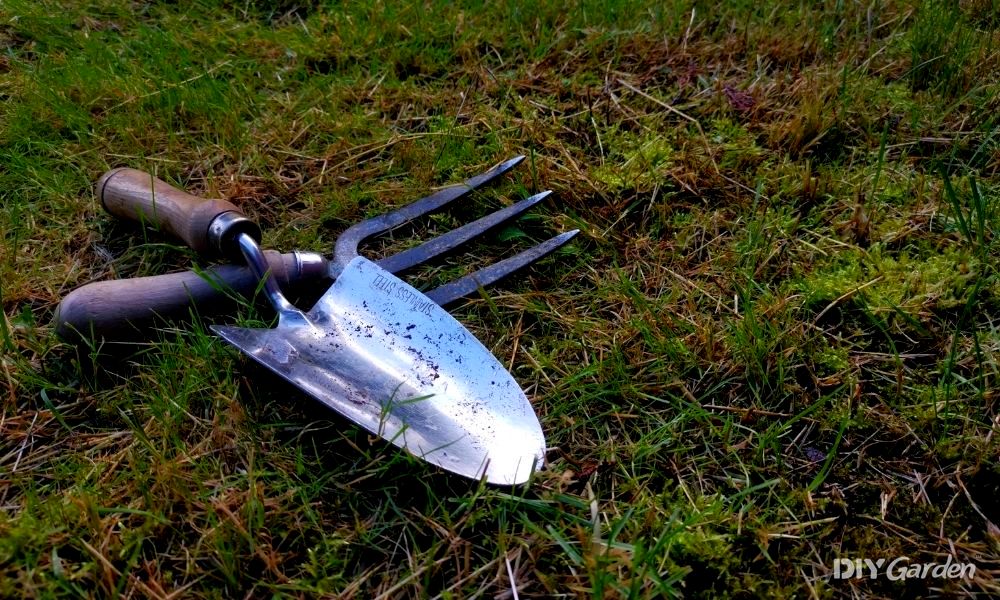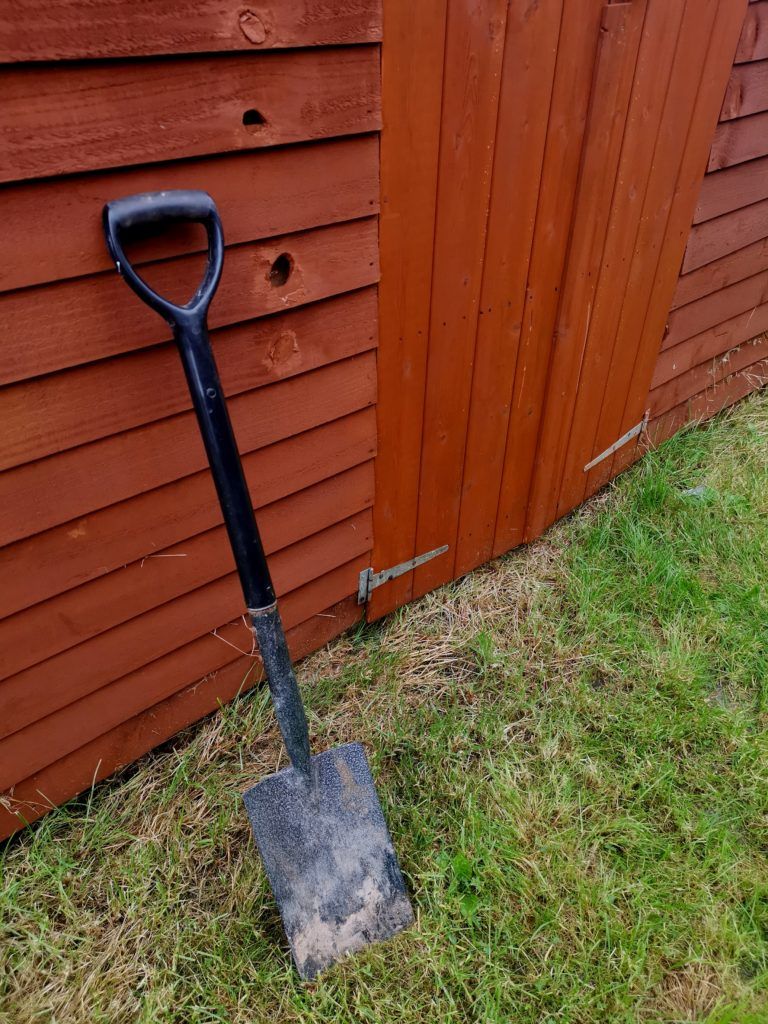
A gardener needs tools, much like a doctor needs medical equipment, and an orchestra needs instruments. Regardless of whether you’re a gardening novice or a pro, these are the top 10 must-have tools for gardening.
1. Gloves
When it comes to essential tools, gardening gloves are number one. They:
- Protect from thorns and splinters
- Reduce rubbing and blistering
- Stop irritation from toxic plants (like stinging nettles)
- Shield your hands from the sun
Gloves come in all shapes and sizes. Choose your gloves wisely, keeping in mind the sort of gardening jobs you’re going to be doing. The main types of gardening gloves are:
- Fabric gloves: Cheap, easily accessible, flexible and breathable. They keep your hands clean but don’t protect you from cuts and scrapes.
- Leather gloves: More expensive but strong and durable. The recommended glove type when tackling thorn bushes.
- Rubber-coated gloves: Ideal when faced with nasty chemicals such as herbicides and fungicides. The only major downside is clammy hands!
2. Trowel
The handy trowel comes in at number two in our top 10 gardening essentials. It’s the optimal tool for potting, planting, hand weeding, and sowing seeds.
You can choose a wide-bladed trowel for moving lots of soil at once or one with a narrower blade, perfect for stony soils and particularly temperamental weeds.
When buying a trowel, make sure it feels comfortable in your hand. After all, it’s going to be there for a long time!
3. Secateurs
You can’t escape pruning when you’re out in the garden regularly; most plants need a tidy up so they can thrive the following year.
If you think scissors will do the trick, think again. Scissors don’t cut it, literally. Secateurs are built for cutting even thick stems.
What’s more, the sharp cut from a pair of decent secateurs will cause more minor damage to the plant’s cells, helping it to heal quicker.
4. Spade
A spade is a necessary tool for digging and planting bigger plants. The long handle is also a lifesaver for your back!
You need a durable spade because it’s going to have to cope with a lot of force. Check out our article here for the best spades we recommend.
5. Hand Fork
A hand fork makes up for what the trowel lacks. It breaks up soil that isn’t playing ball and helps to release weeds with extensive root networks.
Once you’ve tackled your soil with a hand fork, you can feel confident that your little plants are going to flourish.
6. Digging Fork
Just like the spade, the digging fork is a back-saver. Its long handle and broader blade do all the hand fork can but on a larger scale.
If you grew up with a parent that gardens, you’ll be used to seeing a gardening fork around. For me, watching my dad dig up spuds with a fork was a yearly occurrence.
7. Watering Can or Hose
It’s no good growing beautiful plants if you have no way to water them – watching your plants wither away and die is no picnic. So, a watering can, or a hose is a must-have tool for gardening.
A watering can is preferable if dealing with small plants and seedlings. A hose has the tendency to blast small seedlings straight out of the ground, whereas watering cans have a more gentle approach.
Plastic and metal are the two main types of watering cans. There are pros and cons to each:
- Plastic is no saint to the environment, so go for a metal one if you’re living eco-friendly.
- Plastic is less weighty, so it’s great if you suffer from back or joint problems.
- Metal watering cans are more durable, so they last longer. Galvanized steel ones even resist rust.
Think about your garden size when choosing a hose. You’re going to need a hose that reaches even the farthest corners of your garden.
Although a bit extravagant, going for an anti-kink hose may save you a lot of aggro. No doubt you can remember a time of furiously fiddling with a hose, trying to get those damn kinks out!
8. Hoe
A hoe is a necessary tool when attacking weedy ground or when preparing a bed or border. You want one that’s lightweight, easy to use, and lasts a long time.
The Spear & Jackson Dutch Hoe is the hoe we recommend. Due to its stainless steel handle, it’s hard-wearing and heavy-duty. Its soft-feel grip guarantees comfort while gardening, and it comes with a 10-year guarantee!
Consider the type of garden you have; a wide hoe is best for veggie patches, while a thinner hoe works wonders for perennials.
9. Rake
At number nine is the rake. Many people take the rake for granted and consider it a non-essential gardening tool. But you’d be surprised how much use you get out of it.
It’s ideal for autumn when you’re looking to clear the abundance of fallen leaves, but that’s not where its usefulness ends! It’s the perfect tool for clearing up grass once you’ve been over it with the mower (although you’ll want a grass rake for that!).
A rake is also essential when preparing the soil for seed sowing, as it breaks it up into a fine consistency that the seeds love. It’s also a great leveller if you have a wonky, uneven soil surface.
10. Lawnmower
Last but by no means least, the lawn mower. If you’ve got a lawn, this is a must-have gardening essential.
Although meadows look fantastic and attract copious wildlife species, most people don’t want one in their back garden.
There’s a wealth of choice when it comes to lawnmowers, including:
- Cordless
- Hover
- Roller
- Corded
Choose a lawnmower based on the size of your garden and the type of grass you have, and you’ll be a winner.
So there you have it, the top 10 garden tool essentials. These are sure to meet all of your gardening needs and make your life a hell of a lot easier!

